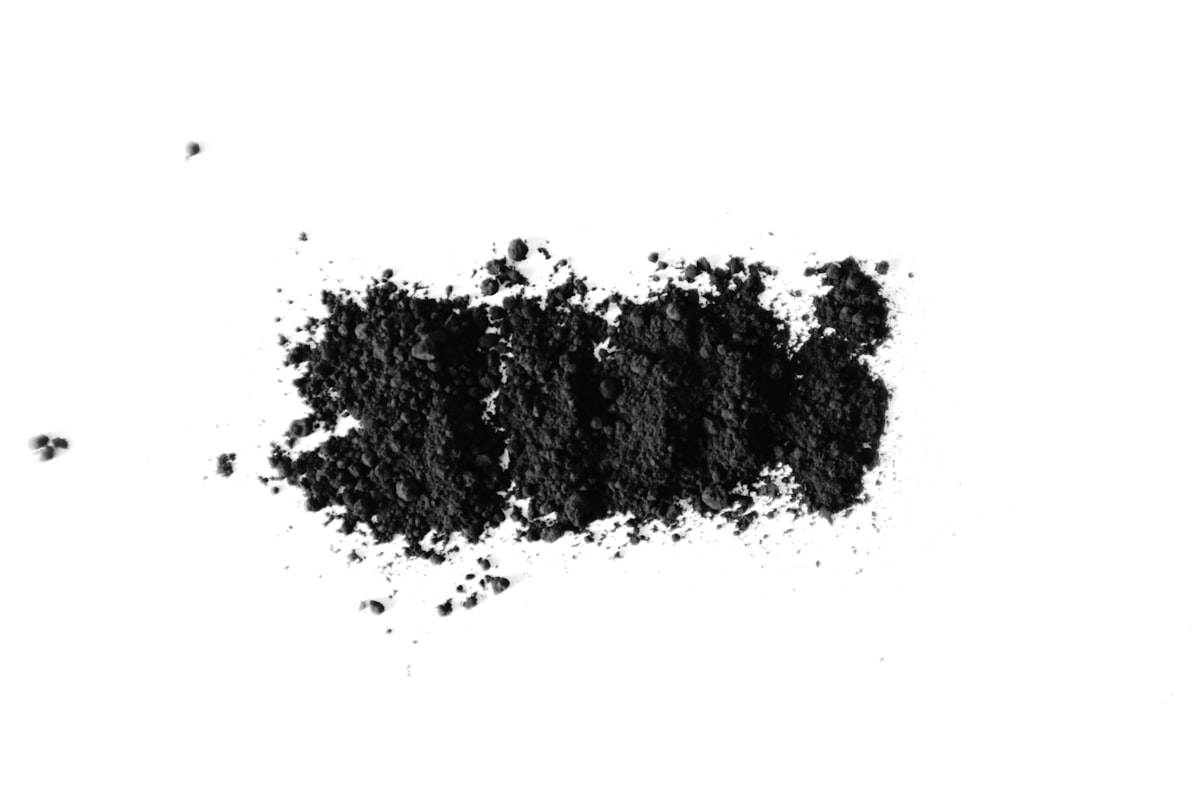Ash Wednesday, Dust, and Digital Ephemera
Pandemic or not, Ash Wednesday doesn't need an audience.

You can read this short Twitter thread for some context on the thoughts below. I greatly appreciate Chris' work on the Device & Virtue podcast. Still, my critique here arises from a different opinion about what specific forms of technology can and cannot do. I consider him a brother in the faith, and posting things on Instagram is no sin.
So I tried the #AshTag Instagram filter for Ash Wednesday. We all know you can't smile in Ash Wed photos so... In recent years for me this has been one of the most spiritual days of the year. Do digital-covid-ashes work? Some thoughts: 1/ pic.twitter.com/JGiyYma2ob
— Chris Ridgeway ? (@ridgewaychris) February 17, 2021
My main contention is this: The fact that we can share our fake ash cross farther and wider means less when it's flattened. The humility inherent in kneeling before clergy to be reminded that we "come from dust and to dust we shall return" loses its weight when we can find good light and the best angle to perform the humility. Even when the humility is genuine, the medium assumes the posture of performance in its posters. An ash cross filter is necessarily more like the public piety of the pharisee than the contrite publican in Jesus' parable (Luke 18:9-14).
Better to mourn what is lost, I think.
If the goal is to elicit questions from those outside the faith, there are better ways than a virtual ash cross. Mourning what is lost (perhaps without an accompanying selfie) provides an occasion to communicate the value of such spiritual practices meaningfully.
Tish Harrison Warren relates a fitting story:
One Ash Wednesday a decade ago, when I was new to Anglicanism, I knelt at a rail as Fr. Thomas, my priest, smeared a black cross on each forehead. “Remember that you are dust and to dust you shall return,” he intoned, and marked the preteen girl kneeling next to me. Then, I heard her turn to her mom and whisper, “Does my ash look all right?”
Still kneeling, I started to laugh. Because of course it didn’t look all right. She had a large black smudge in the middle of her forehead. There is no way for that to look all right. But I also laughed because I heard my own heart in her question. I know I’m limited. I know I’m dust and returning to dust. I bear vulnerability, weariness, and mortality. I bear sin, selfishness, and struggle. But I still want to, you know, look okay. I want to pretend I am still all right. I have it together. It’s a well-practiced façade. I’m a ten-year-old girl with a big, black smudge on my face hoping to somehow pass as acceptably cool.
Suppose we shouldn’t go to Ash Wednesday services to perform piety in public. In that case, it follows that not stepping into a church to physically and spiritually humble ourselves and instead share the appearance of self-lowering on Instagram should be avoided on similar grounds.
The purpose of posting to Instagram is to show. It is a performance, even when it is a well-intentioned one. Would anyone post an Ash Wednesday selfie to an Instagram account with zero followers? The “work” of Instagram is the performance, and, sometimes, that’s fine. I liked pictures of dogs and nice food and my friend’s rabbits just fine when I still used Instagram. But it remains that when one does the work of Instagram, the question, “will this play to my audience?” is unavoidable, whether the user cares about building an audience or not.
We all want to appear “all right,” and there is grace for this misplaced impulse. This grace short-circuits even the temptation to perform our messy weakness, which is a hallmark of very-online Christianity.
Why not practice humility in obscurity? Despite my reflection here, I will share links to this blog post. I hope that the medium of several hundred typed words continues to demand a different type of interaction. This piece of writing, however unimportant, exists uniquely here, unsubjected to algorithmic sorting or ad-matching. It is meant to be read but has value apart from its consumption. There is value in writing it, even if it remained in a notebook or remains finally unread.
If nobody reads this blog post, it remains. It remains the result of my reaction and reflection, which worked concretely in my mind and heart. If nobody shares it, it remains. The work, generated by my humiliatingly weak body and mind, is dust and will return to dust, but not before the Spirit of God puts it to use, wasting nothing. Posts on Twitter and Instagram may, in the end, be similarly unwasted, but it's hard to deny that the current runs strongly in the opposite direction.
Good things remain good things even when their audience isn't maximized. Lord, may it be so.
Further Reading


Thanks for reading! You can support Good Words by sharing it with a friend – or you can buy me a beer.

